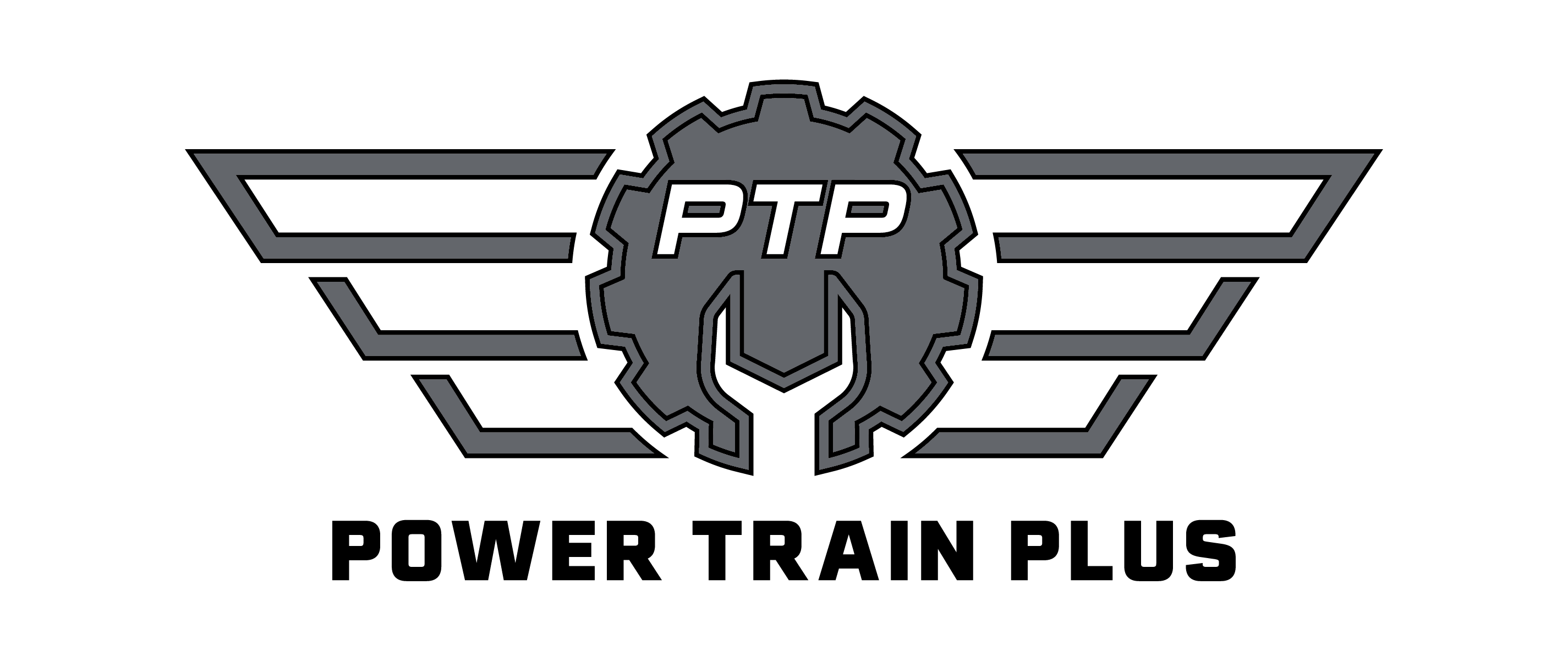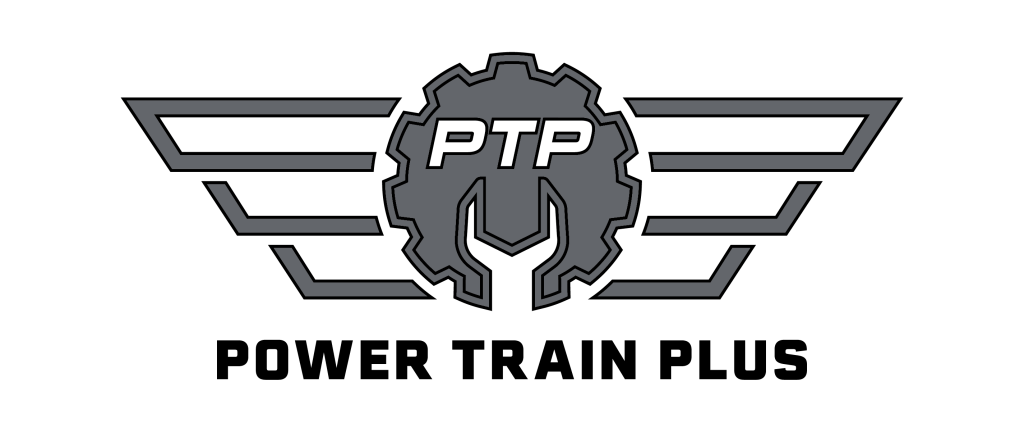When it comes to maintaining your vehicle’s performance and safety, wheel alignment is a crucial aspect often overlooked by many drivers. Understanding the importance of alignment, how to identify misalignment, and knowing when to get it corrected are key to ensuring your vehicle functions optimally.
What is Wheel Alignment?
Wheel alignment refers to the adjustment of the vehicle’s suspension – the system that connects the vehicle to its wheels. It involves adjusting the angles of the tires which affects how they make contact with the road. Proper alignment ensures that your vehicle handles properly and your tires wear evenly.
Why is Alignment Important?
Incorrect alignment can lead to handling issues, such as your vehicle pulling to one side. Proper alignment ensures safe and predictable vehicle control.
-
- Extended Tire Life: Misaligned wheels lead to uneven tire wear, meaning you’ll need to replace them more often. Regular alignment can extend the life of your tires.
-
- Enhanced Fuel Efficiency: Poor alignment can decrease fuel efficiency as your vehicle’s engine has to work harder.
-
- Safety: A misaligned vehicle can be unsafe to drive, as it can affect steering and increase your risk on the road.
Signs Your Vehicle Needs Alignment
-
- Uneven or rapid tire wear.
-
- The steering wheel is off-center when driving straight.
-
- Pulling to the left or right.
-
- Your steering wheel vibrates.
-
- Squealing tires.
If you experience any of these symptoms, it’s advisable to get your vehicle checked.
When to Get an Alignment
-
- After Purchasing New Tires: Ensuring your tires are aligned after installation is key to making them last.
-
- Post-Pothole or Curb Impact: If you’ve hit a significant pothole or curb, it’s wise to check your alignment.
-
- After Suspension Parts Replacement: Any work done on your vehicle’s suspension warrants an alignment check.
-
- Annually or Bi-Annually: Regular checks can catch issues before they become problematic.
Types of Alignment
-
- Front-End Alignment: The most basic form, adjusting only the front wheels. Best for vehicles with a solid rear axle.
-
- Thrust Alignment: Suitable for cars with adjustable rear suspensions. It aligns the rear axle to the centerline of the vehicle.
-
- Four-Wheel Alignment: Recommended for all-wheel and front-wheel drive vehicles. It aligns the rear axle angles as well as the front.
What Happens During an Alignment?
During an alignment, the Power Train technician will set your vehicle on our Hunter Hawkeye Elite alignment rack and use special tools to measure and set alignments. These include adjusting the camber (vertical angle), caster (directional angle), and toe (horizontal angle). Here at Power Train Plus and Performance, we use the latest state-of-the-art equipment for precision. The Hunter Hawkeye Elite alignment machine and rack are the best equipment available to do this job. Our technicians are level 3 Hunter certified, which is just a fancy way of saying that we possess the knowledge and skill to align not only your daily driver but also your 800-horsepower hot rod or sports car.
Conclusion
Regular wheel alignments are vital for maintaining the safety, efficiency, and longevity of your vehicle. Ignoring alignment can lead to larger, more costly issues down the road. For reliable, professional alignment services, consider visiting Power Train Plus. With expert technicians and advanced equipment, we ensure your vehicle’s alignment is perfectly tuned, providing you with a smoother, safer driving experience.




